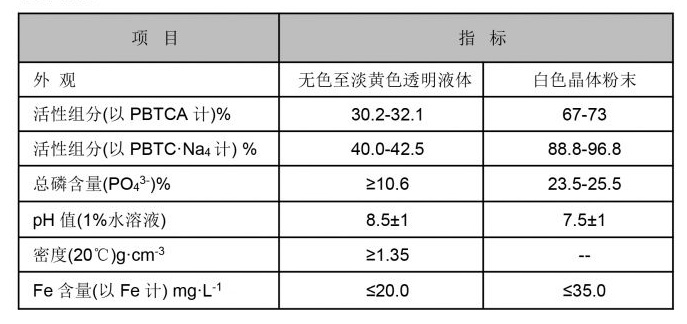Trends and Analysis of Anionic Polyacrylamide Pricing in the Market
Anionic Polyacrylamide Price Key Factors and Market Trends
Anionic polyacrylamide (APAM) is a versatile polymer widely used in various industries, including water treatment, oil recovery, textiles, and agriculture. Its unique properties, such as excellent flocculation, sedimentation, and water-retention capabilities, make it an essential component in many applications. However, one critical aspect that influences its utilization is its pricing. Understanding the factors that impact the price of anionic polyacrylamide can provide valuable insights for businesses and consumers alike.
Factors Influencing APAM Prices
1. Raw Material Costs The primary raw materials used in the production of polyacrylamide are acrylamide and various ionic agents. Fluctuations in the prices of these chemicals due to market demand, availability, and geopolitical factors can significantly affect the overall cost of anionic polyacrylamide. For instance, if the raw material supply is disrupted, prices may rise due to scarcity.
2. Production Methods The manufacturing process of APAM can vary, with some methods being more cost-effective than others. Advances in production technology, such as more efficient synthesis methods or energy-saving practices, can lower production costs, thus reducing the final price of the product in the marketplace.
3. Labor Costs Labor is another significant cost component in the production of anionic polyacrylamide. In regions where labor is more expensive, the costs of producing APAM may be higher. Conversely, in areas with lower labor costs, manufacturers may enjoy a price advantage, allowing them to offer more competitive rates.
4. Regulatory Compliance Compliance with environmental and safety regulations can also impact pricing. Manufacturers must often invest in technologies to meet strict regulations, especially in the production of chemicals. The costs associated with these compliance measures can be passed on to consumers, resulting in higher prices for anionic polyacrylamide.
anionic polyacrylamide price

5. Market Demand The overall demand for anionic polyacrylamide across various sectors plays a crucial role in setting its price. An increase in demand, driven by growth in industries such as water treatment and oil extraction, can lead to higher prices. Conversely, a decline in demand can result in price drops as suppliers attempt to clear excess inventory.
6. Global Economic Conditions Broader economic factors such as inflation, currency fluctuations, and trade dynamics can impact the pricing of APAM. For example, an increase in the value of a currency may affect export prices, making it more expensive for international buyers. Additionally, economic downturns may reduce demand, leading to competitive pricing pressures.
Current Market Trends
As of 2023, the anionic polyacrylamide market has shown some volatility in pricing, largely influenced by the factors discussed above. Industry reports indicate a growing demand for APAM in the water treatment sector due to increasing concerns over water availability and quality. This trend is expected to support higher pricing levels in the coming years.
Moreover, the rise of sustainable and eco-friendly products has prompted manufacturers to develop greener alternatives to traditional APAM, potentially leading to new pricing structures. As more companies invest in research and development to enhance the performance of anionic polyacrylamide while reducing environmental impacts, the market may witness price adjustments based on product innovation.
Conclusion
In summary, the pricing of anionic polyacrylamide is influenced by a complex interplay of raw material costs, production methods, labor expenses, regulatory compliance, market demand, and global economic conditions. As industries continue to evolve and adapt to new challenges, understanding these factors will be crucial for stakeholders aiming to navigate the anionic polyacrylamide market effectively. Organizations that can anticipate shifts in pricing dynamics will be better positioned to optimize their operations and make informed purchasing decisions.
-
Water Treatment with Flocculant Water TreatmentNewsJun.12,2025
-
Polymaleic AnhydrideNewsJun.12,2025
-
Polyaspartic AcidNewsJun.12,2025
-
Enhance Industrial Processes with IsothiazolinonesNewsJun.12,2025
-
Enhance Industrial Processes with PBTCA SolutionsNewsJun.12,2025
-
Dodecyldimethylbenzylammonium Chloride SolutionsNewsJun.12,2025





